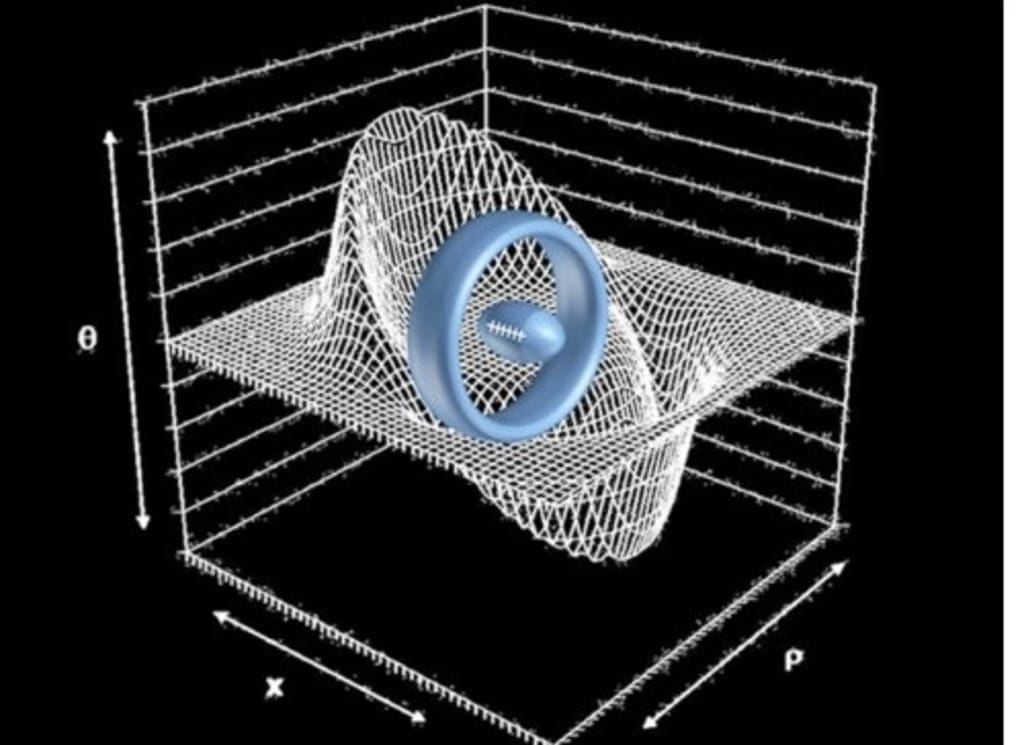The Warp Drive: A Crash Course In Relativity
A Crash Course in Relativity

The estimates from the Hubble Telescope suggest that there are upwards of 100 billion galaxies in the universe. Each with millions upon millions of stars (the Milky Way is a smaller galaxy with around 100 billion stars), each with at least some prospective habitable planets.
Every day millions of people gaze up at the stars wondering what may be out there. But how do we get “out there?” How far away is “out there,” really?
There are several prospective methods for interstellar (and intergalactic) travel, but today I’d like to talk to you about only one: the warp drive. No, it doesn’t exist, not yet, but the idea does. The potential does. And sometimes in science, that’s all you need.
Our closest stellar neighbor, Proxima Centauri, is 4.24 light years away from us. The closest galaxy: Andromeda at 2.5 million light years away. Those are some lofty distances for a planet that is still struggling to land on Mars — which is a mere .000024 light years from us, by the way. That’s 12.5 light minutes.
This is where the warp drive comes in.
The warp drive is a device that can propel an object to speeds faster than the speed of light. There is only one, minor problem with this: Einstein’s theory of relativity explicitly states that no object can travel faster than the speed of light.
So how do we disprove a theory that’s predicted gravitational waves, keeps our satellites synchronized, and corrected the calculations of great minds such as Isaac Newton? You don’t.
But you can get around it, and here’s how.
Einstein’s theory also states that space-time is fluid — it can be bent, stretched and compressed. Space-time is warped by massive objects, for instance, causing gravitational attraction between two bodies.
This is best explained in the video below.
Not only can space-time expand and contract, changing the distance from Point A to Point B, it can expand or contract faster than the speed of light.
This expansion principle is used to explain a period of cosmic inflation that occurred shortly after the Big Bang.
The rapid nature of this expansion is generally thought to have amplified the irregularities in the early universe that allowed matter to clump together under its own gravity, eventually forming stars, planets, and galaxies.
The warp drive works by generating a compressed space-time in front of the spacecraft while expanding the space in front of it. The ship would remain motionless in space and time, while the warp drive pulls the space around the craft past it, a subtle yet important difference to moving through space.
In this manner, the craft rides on a wave of stationary space-time as the space-time in front of it shrinks and the space-time behind it grows. Current theories suggest that a device of this nature could be powered using exotic matter, also known as matter that is not composed of subatomic baryons such as protons, neutrons, and electrons.
Studies suggest that a warp drive could propel a spacecraft to speeds up to 10 times the speed of light. Using these calculations, you could find yourself orbiting Proxima Centauri in 5 short months.
This is all far from becoming a reality, obviously. Yes, some small-scale experiments have been done, but nothing to actually confirm the practicality of such an undertaking. But the idea is still there. And with an idea comes potential.
A potential for us to one day look up from a distant planet and wonder what’s happening back on the blue-green marble we call Earth. Because sometimes an idea is all you need.







Comments
There are no comments for this story
Be the first to respond and start the conversation.